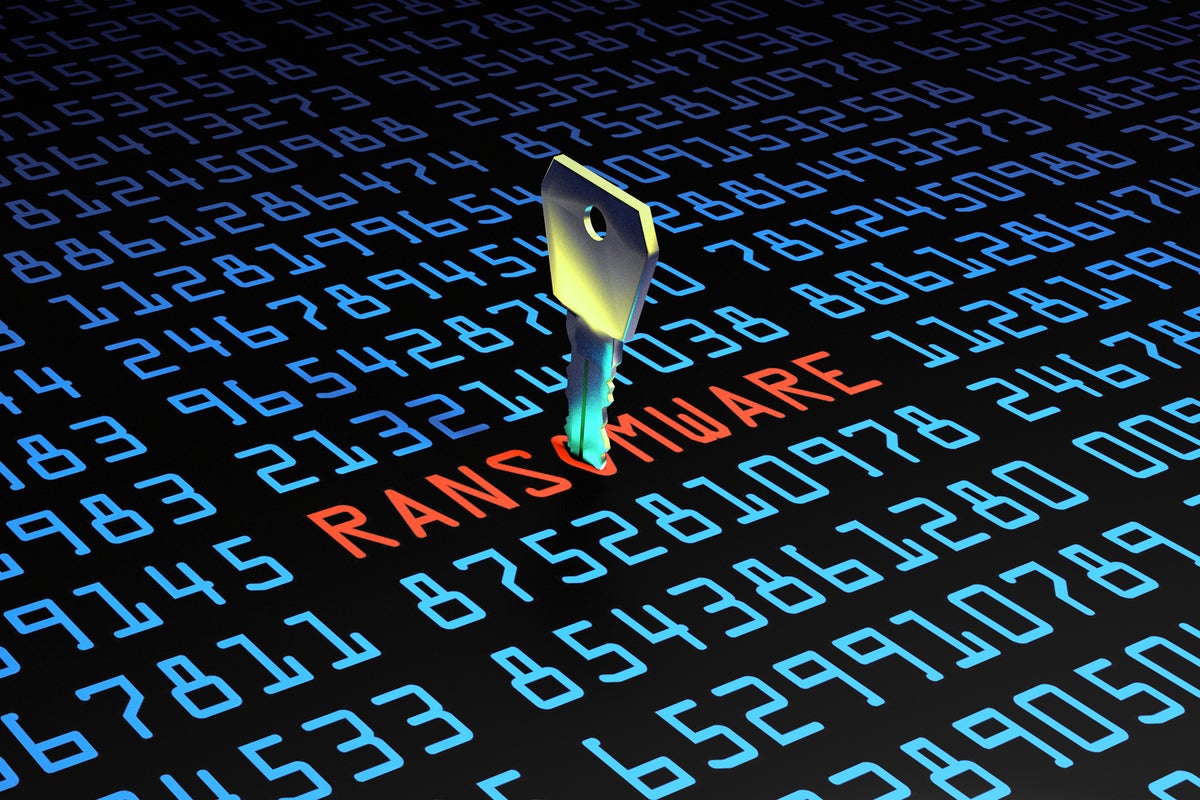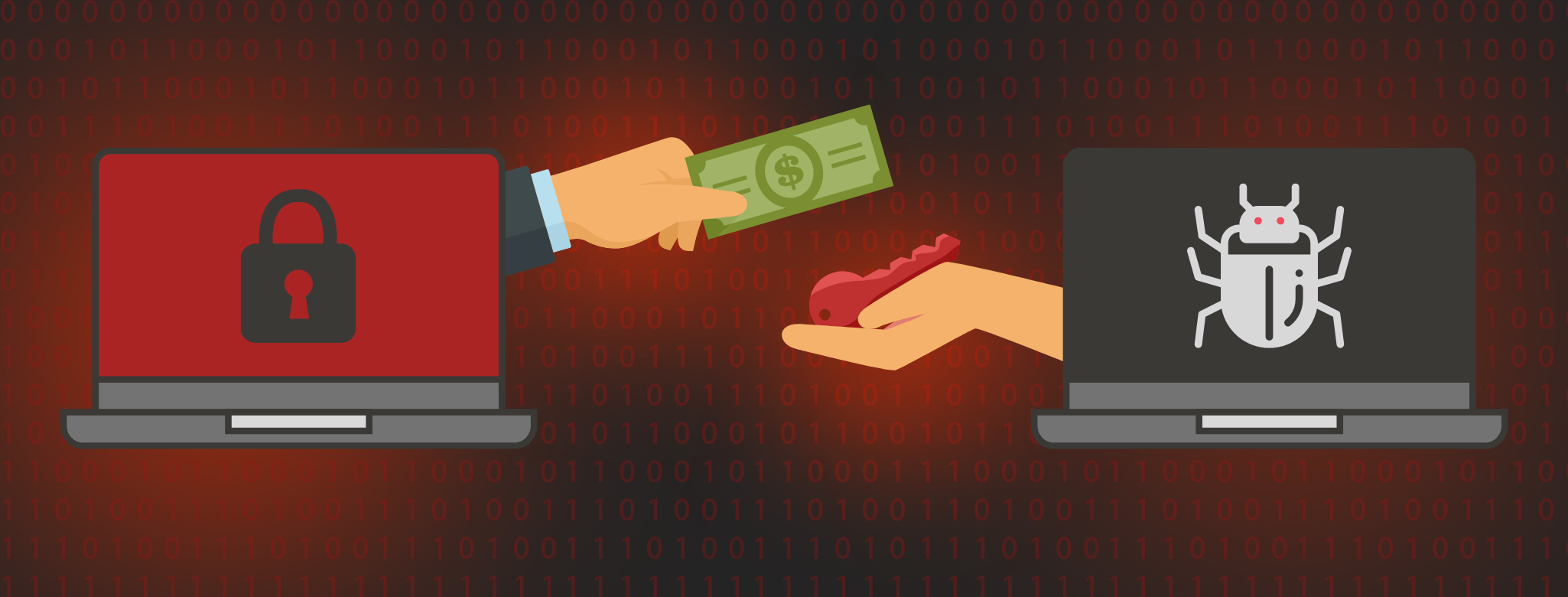A Brief on Ransomware Attack
Ransomware has become a huge potential to exploit and damage users’ crucial data. This malicious attack was the most significant malware threat of 2018 and it continues to be the most dangerous even in 2019. With its growing popularity, more people are being targeted to get the ransom.
In most cases, the ransom demanded from the victim comes with a deadline. If the victim fails to pay within the provided timeline, the data is lost forever. Ransomware attacks are very common these days.
Even paramount companies in North America and Europe have fallen victim to this . Cybercriminals spare no one and can attack any consumer or business, coming from all kinds of industries. Various government agencies advise people against paying the demanded ransom as this might stop the ongoing cycle of ransomware attacks.

As a matter of fact, a ransomware attack is designed to extort money from victims by blocking access to their data or systems. There are two most prevailing types of ransomware attacks through which the attacks are deployed; encryptors and screen lockers.
Under encryptors, the index of data on a system is encrypted into an absurd content and can only be restored with a decryption key. Whereas, screen lockers simply block the access to the system by locking screen, declaring that the system is encrypted. Apart from the two prevailing types, there are some infamous ransomware attacks as well.
Major Infamous Ransomware Attacks:
-
Wannacry Ransomware Attack

This ransomware attack came out as a powerful Microsoft exploit. It was leveraged to create a global ransomware worm to infect over 250,000 computer systems. More than 200,000 systems were locked down in 150 countries. Hackers demanded a ransom which was paid through Bitcoin. Wannacry ransomware attacks infected National Health Service (NHS) and many other organizations across the globe.
- CryptoLocker

It is a part of a ransomware family whose job is to extort money from users by encrypting the user’s hard drive as well as the attached network drives. It was first among the current generation of ransomware which required cryptocurrency for a ransom payment. CryptoLocker was spread through an email attachment that claimed to have come from FedEx and UPS tracking notifications.
-
NotPetya

NotPetya is considered as one of the most destructive ransomware attacks. It was coded in such a way that even if the user pays up the ransom, the data would still be unrecoverable. Infamous as a close relative of Petya malware, it successfully infected a thousand number of computers across the globe in 2017.
How to Prevent Ransomware Attack?
-
Ignore Unverified Links

Never click on links that come in spam emails or on any unfamiliar websites. If an unexpected download starts when clicked on a malicious link then there are high chances of your computer getting infected.
-
Never Share Personal Data
![]()
If you receive an email, call or text from an untrusted source asking for your personal information, make sure you don’t give out the details. Cybercriminals trick users into getting their personal information in advance of an attack. They use your information to target you via a phishing email.
-
Backup your Data
If you ever experience a ransomware attack, you must already have a back-up of your data so that you don’t have to pay any kind of ransom to the attacker. Make sure of keeping a copy of every important data in an external hard drive that is not connected to your system.
-
Never Pay Ransom
/GettyImages-962574588-d07e325236e84e23971c5f6d5079775e.jpg)
Never pay any amount to cybercriminals who carry out the ransomware attack. This is because there is no guarantee of return of data; after all your trust has already been manipulated with data hacking. Paying ransom only encourages cybercriminals to carry out more attacks.
-
Security Awareness For Employees

The best way to prevent a ransomware attack is by becoming proactive towards the latest cyber attack vectors. An organization must be aware of the harmful attack vectors which can lead them on the verge of losing their data and customer trust. It’s better to opt for preventive measures in advance so that there are fewer chances of falling victim to any kind of cyber attack.







